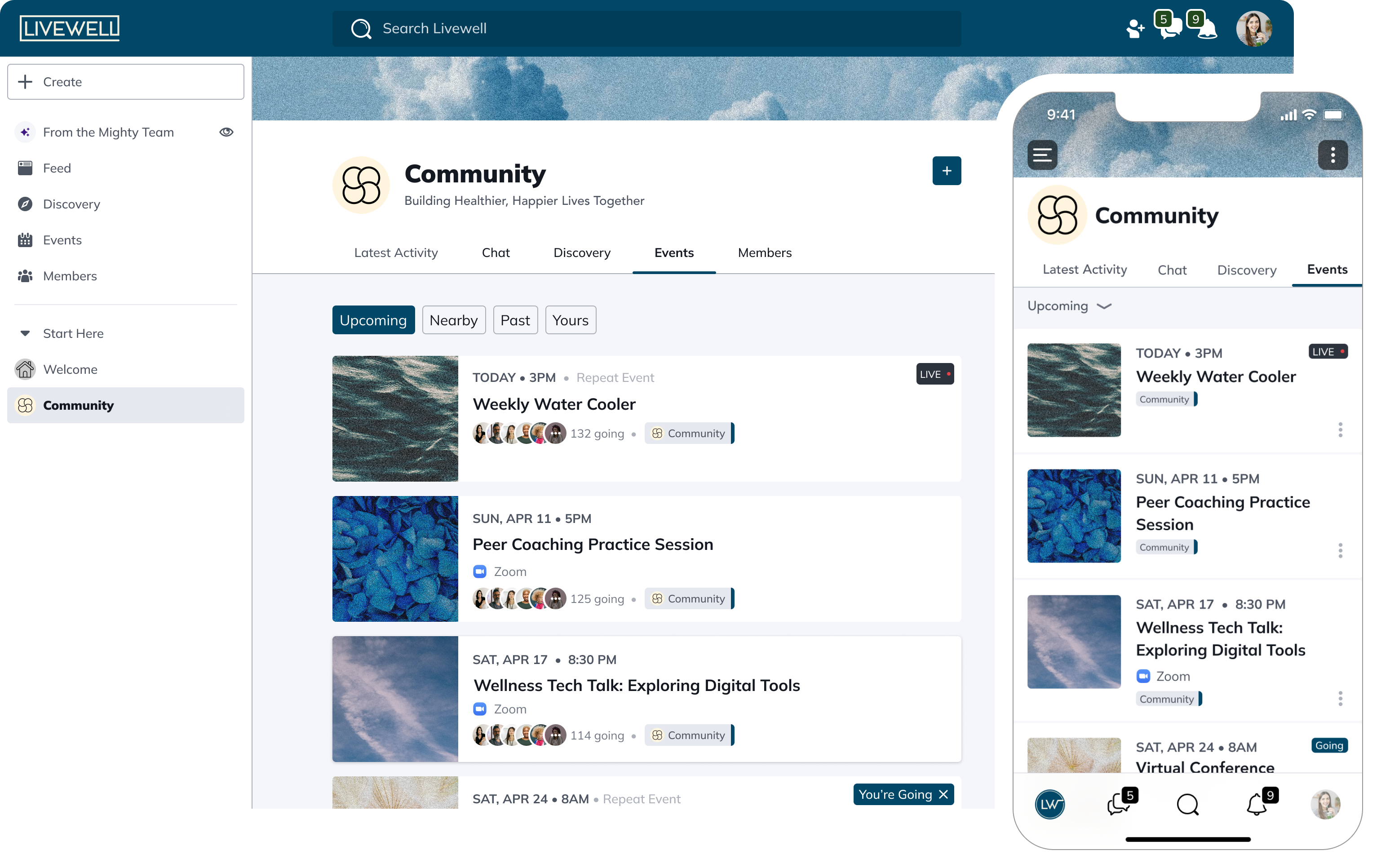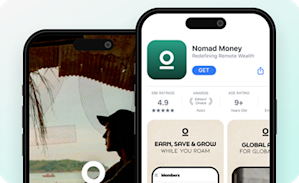Mighty Encyclopedia
Community Business Model
What is a community business model?
A community business model monetizes the transformative power of human relationships into revenue, sometimes without any physical or digital products. The online community business model is similar to a membership business model, which has been around for centuries.

Traditional membership business models rely on a regular recurring cost for access, and in the past, communities like professional associations worked similar to online community businesses; you’d pay a regular membership fee and get the rights that come with access.
What’s different about an online community business model?
The thing that’s changed with online communities is primarily about access and monetization strategies.
In the past, membership businesses essentially sold access to a physical place or membership in a physical gathering of people. Obviously, this has now become digital, so community memberships usually create access to virtual space and relationships maintained over virtual platforms. This has created new and amazing possibilities to connect with people around the world.
The way that communities are monetized has also changed with the move online. Physical communities in the past could primarily give specific sets of value to their members: regular meetings, events, and training sessions. Online community businesses have different options.

This means that people who run online community businesses have the possibility for enormous scale because of the power of digital. For example, 30 years ago, a membership community might have run a course for its members every 2 months. Now, that same course can be recorded and can be accessed on-demand by community members. The result is scale, and more time for community Hosts to focus on other things.
Our data shows that our most profitible Mighty Networks charge a membership fee, but also have options to purchase courses, events, private coaching, etc. on top of this fee. Through something we call the value journey, this means that community members not only pay a community fee, but are also more likely to pay for more.

The evolution of monetizing possibilities will keep changing in the creator economy, as moves like the creation of social tokens or the rise of Decentralized Autonomous Organizations continue to evolve how we pay for membership and how we belong.
What to consider in your community business model
If you’re thinking about starting a community, or if you already have and are struggling to make it work, there are a few things you need to understand about how community business models work. Here are some of the basics:
Recurring revenue (ARR or MRR)
Most people pick up on this first because it’s exciting! Online communities offer ARR (annual recurring revenue) and/or MRR (monthly recurring revenue). Recurring revenue just means that you can charge your clients every month, and it’s the basis of a membership business model. When you join the gym, you expect them to keep billing you until you cancel.
The beauty of recurring revenue is that those customers are with you for a while at least. That means that, as you build your business model, you can factor in that every month and year you’ll probably keep a lot of the members you already have. This makes for a business that can snowball in growth, and it does amazing things for your cash flow.
Membership charges
The second thing you need to factor into your community business model is the membership charges. You need to figure out a price for your online community that’s fair enough that people will see the value in what they pay and competitive enough that you can earn a living from it.

A lot of creators who are starting an online community think about the scale, which is good! But they’ll say things like, “Oh, I have 5,000 Twitter followers. Those 5,000 people will come join me in a paid community at $10/mo, and I’ll be making $50,000/mo in recurring revenue.”
While it would be nice if it worked this way, it doesn’t. The internet isn’t as kind as the clickbait articles would have you believe.
What we’ve discovered from working with creators is that charging around $40 for membership is a great place to start, and the communities that do perform really well. And you don’t need 5,000 people to make a great community.
In addition to monthly membership fees, you can also build upsells into your pricing structure like courses, additional subgroups or coaching, or live events.

Membership churn
It’s easy to get excited about recurring revenue, but the thing that will kill it is membership churn. Churn is how quickly people leave.
If you gain 3 new people every month but lose 50% of your members every month, you’re looking at an impossible mathematical equation. You can’t build a profitable community off of that. You need to give people enough value to keep membership churn low–to protect your recurring revenue. You can then focus on getting new people in.
Profit per customer
Finally, you should know how valuable each customer is to you. Here’s an extreme example to demonstrate why this is important. If you work really hard to build an online course in your community, include it for free with a $5 monthly membership, and your members take the course and leave on average after 1 week, you’ve made $5 per customer. The value you hoped to get from recurring revenue would be gone.
This is a bit of an exaggerated example, but hopefully, you get the picture. While it’s hard to project, once you’ve run the community for a while you’ll be able to get a sense of how long members stay for, and therefore your profit per customer.
How to create an online community business model for growth
With an online community business model, you basically have 4 ways to increase your profitability. You can:
Increase your membership charges
Charge for something extra (upsell into a course or subgroup)
Lower your membership churn
Increase your number of members
Now Read: 11 Types of Online Communities That Thrive

Build a $1 Million Community
This free masterclass went viral—sign up to learn why.





